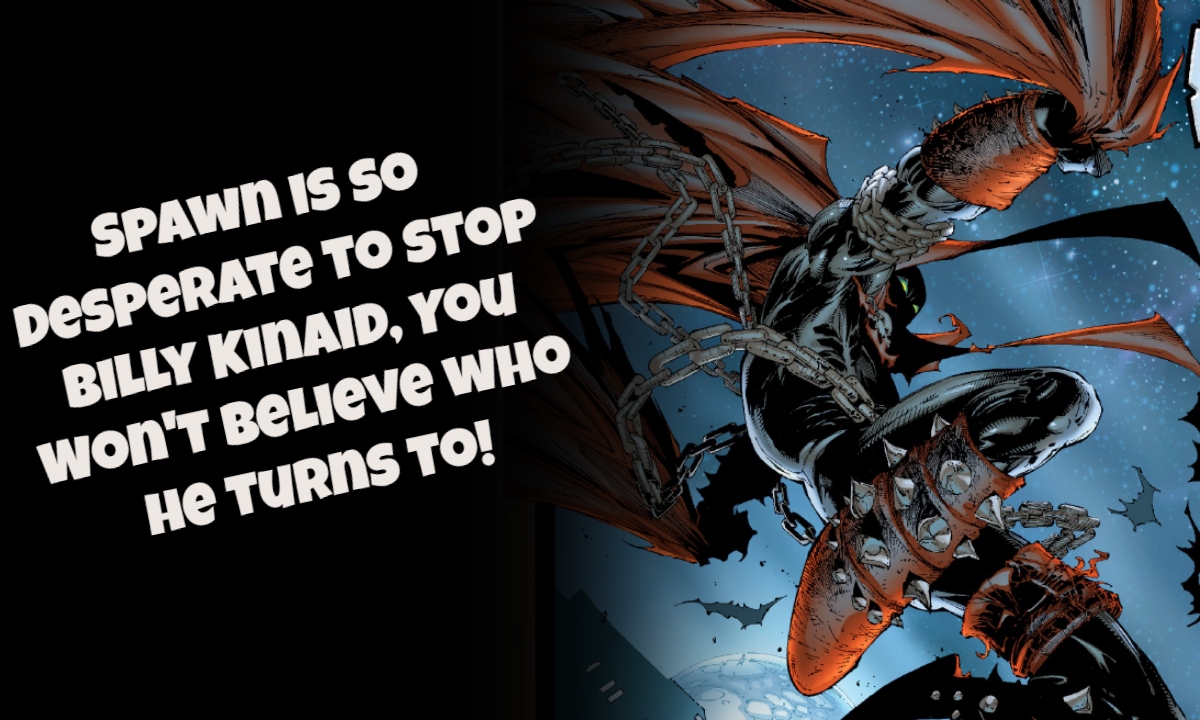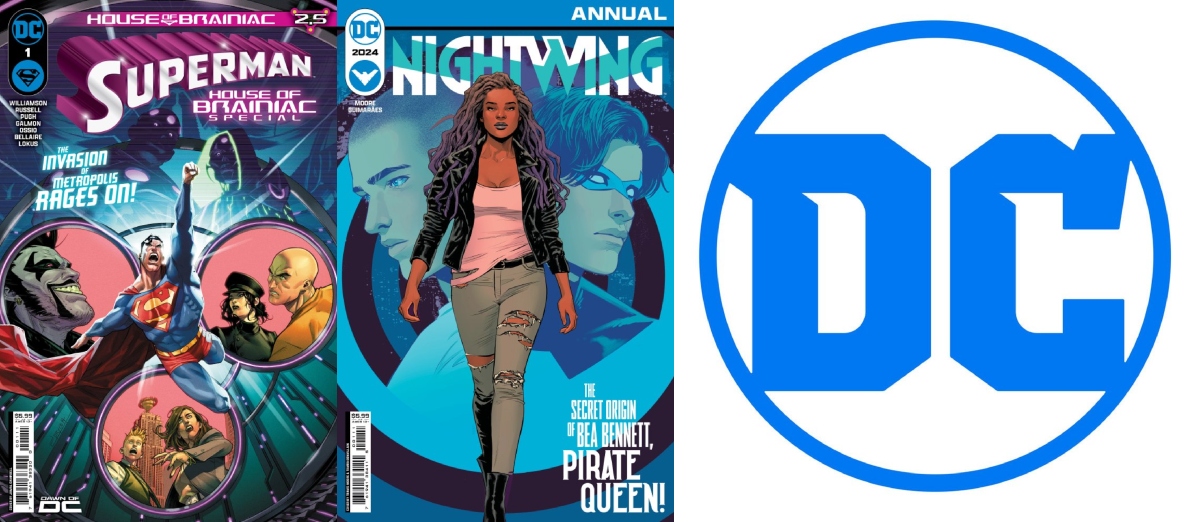
Netflix’s recent string of diverse, and sometimes divisive, original films proves that the streaming giant is pursuing a much different audience than Hollywood’s major studios. From War Machine to Okja to Death Note to Gerald’s Game to Mudbound (to name just a few of their many 2017 releases), Netflix’s movies are neither typical nor traditional. They’re apparently interested in content that fills niches and addresses underserved or overlooked audiences… and they don’t much care what critics (or anyone else) think about either the concepts or the execution.
A prime example of their unorthodox approach Netflix’s big-budget, fantasy-cop thriller, Bright, which was savaged by critics but embraced by viewers. Variety reports that Bright was watched over 11 million times over the three days following its December 22 release — consistent viewership with the more highly-regarded second seasons of The Crown and Stranger Things. Bright‘s performance suggests that Netflix’s viewers either don’t read reviews or they simply don’t care (probably a bit of both).
Related – Bright Brought In 11 Million Viewers In First Three Days
This dichotomy between critical bashing and subscriber embracing paints Netflix into an ever-more maverick position; in fact, it seems like they thrive on such controversy. According to TheWrap, Netflix is already doubling-down, greenlighting a Bright sequel. Writer Max Landis is out, so director David Ayer will take over the writing for the next iteration. Also, Will Smith and Joel Edgerton will reprise their LAPD patrol cop roles.

It’s anyone’s guess what to expect in the sequel. The open-ended nature of Bright‘s ending suggests that anything is possible in the sequel, and that fits Netflix’s “anything goes” model just fine. The one area where critics and fans are aligned is in the incredibly-realized world established within Bright: where humans, orcs, elves, and a variety of Tolkien-esque creatures have (barely) co-existed for eons. The hope is that Ayer leans into the politics, sociology, and nuances of this bizarre setting, and explores the deeper racial conflicts that were only hinted at in the first film. Bright is out there — it’s way, way out there — but it’s clear that a significant portion of Netflix’s audience gets it (and wants more).
While Netflix hasn’t confirmed Bright‘s viewership numbers, Variety and other outlets are reporting the film debuted number one in every country where it’s been released. (It’s actually more popular outside of the U.S. market). The film’s wide adoption by viewers makes the critical response so mystifying; Rotten Tomatoes currently has it at 28 percent, while Metacritic averages out the reviews at 29/100 — among the worst films of the year. Are critics simply out of touch? More likely, they simply don’t speak for Netflix’s subscribers. That’s just fine by Netflix, who relies upon word-of-mouth to create organic buzz (because lord knows their interface makes it bloody hard to find).
Not only can Netflix afford such content risks, their distributed subscriber base rather demands it. According to Deadline, as of mid-October Netflix’s worldwide subscriber base exceeded 104 million (52 million in the U.S. alone). What’s more impressive, they added nearly a million new subscribers in the third-quarter of 2017 (a 49% year-over-year increase). Obviously, this many viewers spread around the world will have a variety of interests and preferences, which is precisely how Netflix is approaching this market. Rather than focus on a handful of tried-and-true genres or play it safe with big-name properties and stars, Netflix is casting a wide net instead. While Will Smith is certainly a household name in the U.S., the rest of the cast is decidedly international: Joel Edgerton is Aussie, Noomi Rapace is Swedish, Edgar Ramírez is Venezuelan, you get the idea. By making such offbeat films utilizing international casts they give themselves a much better chance of growing audiences in unexpected places. In a way, bold projects like Bright can test such markets and expose even more opportunities for non-standard material — risks that no Hollywood studio would dare engage with their typical, four-quadrant, big-budget projects.
Netflix continues to defy popular Hollywood conventions and norms, while their global subscriber base continues to grow. Whether or not critics and fans agree over subjective issues like quality, it’s undeniable that Netflix is doing something right by doing something different. A Bright sequel may not be for everyone, but with over 100 million current subscribers Netflix is betting they’ve cultivated multiple niche audiences who will show up in even larger numbers, critics be damned.
Bright is now streaming on Netflix.
Where does Bright rank on your list of favorite (or not so favorite) 2017 movies? Let us know in the comments down below!

 FOR FANBOYS, BY FANBOYS
Have you checked out LRM Online’s official podcasts and videos on The Genreverse Podcast Network? Available on YouTube and all your favorite podcast apps, This multimedia empire includes The Daily CoG, Breaking Geek Radio: The Podcast, GeekScholars Movie News, Anime-Versal Review Podcast, and our Star Wars dedicated podcast The Cantina. Check it out by listening on all your favorite podcast apps, or watching on YouTube!
Subscribe on: Apple Podcasts | Spotify | SoundCloud | Stitcher | Google Play
FOR FANBOYS, BY FANBOYS
Have you checked out LRM Online’s official podcasts and videos on The Genreverse Podcast Network? Available on YouTube and all your favorite podcast apps, This multimedia empire includes The Daily CoG, Breaking Geek Radio: The Podcast, GeekScholars Movie News, Anime-Versal Review Podcast, and our Star Wars dedicated podcast The Cantina. Check it out by listening on all your favorite podcast apps, or watching on YouTube!
Subscribe on: Apple Podcasts | Spotify | SoundCloud | Stitcher | Google Play



